
Table of Contents for Near Eastern Archaeology 82.2 (June 2019)
You can receive NEA (and other ASOR publications) through an ASOR Membership. Please e-mail the Membership office if you have any questions.
Pp. 67-74: “The Mainstream Media and the ‘Shocking Bad Art’ from Cyprus: 1870s New York Reacts to the Cesnola Collections,” by Ann-Marie Knoblauch
When the Metropolitan Museum of Art first opened the doors of its Fifth Avenue building on March 30, 1880, the majority of the exhibition space was occupied by Cypriot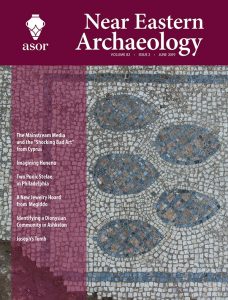
ASOR Members with online access: navigate to the token link email sent to you before attempting to read this article. Once you have activated your member token, click here to access the above article on The University of Chicago Press Journals’ website.
Pp. 75-81: “Imagining Henenu,” by Carlos Gracia Zamacona
The Middle Kingdom Theban Project, begun in 2014 under the auspices of the Freie Universität Berlin, represents the resumption of the archaeological 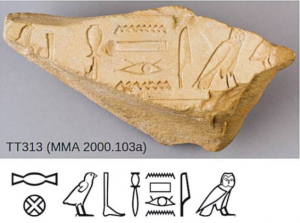
ASOR Members with online access: navigate to the token link email sent to you before attempting to read this article. Once you have activated your member token, click here to access the above article on The University of Chicago Press Journals’ website.
Pp. 82-88: “Two Punic Stelae Rediscovered in Philadelphia,” by Jean MacIntosh Turfa
In the University of Pennsylvania Museum, Philadelphia, two small, fragmentary Punic stelae were found in storage by Asian Section Keeper Stephen Lang.1 They were remnants from a large donation, made over a century ago, of part of the variegated collection of Maxwell Sommerville, perhaps best known for engraved gems of all kinds, and also much Asian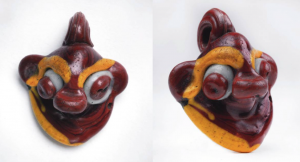
ASOR Members with online access: navigate to the token link email sent to you before attempting to read this article. Once you have activated your member token, click here to access the above article on The University of Chicago Press Journals’ website.
Pp. 90-101: “A New Jewelry Hoard from Eleventh-Century BCE Megiddo,” by Eran Arie, Elisabetta Boaretto, Mario A. S. Martin, Dvory Namdar, Orit Shamir, and Naama Yahalom-Mack
A magnificent new jewelry hoard was uncovered on July 11, 2010 in Area H of the northwestern sector of Tel Megiddo. This site in the Jezreel Valley (Israel) is one of the most important 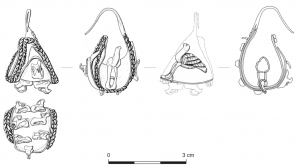
ASOR Members with online access: navigate to the token link email sent to you before attempting to read this article. Once you have activated your member token, click here to access the above article on The University of Chicago Press Journals’ website.
Pp. 102-113: “Identifying a Dionysian Community in Ashkelon’s Eastern Cemetery,” by Davida Eisenberg-Degen, Ilan Peretz, and Eriola Jakoel
Ashkelon’s Eastern Cemetery was in continuous use for more than half a millennium, from the Hellenistic through Late Byzantine periods (fig. 1). Several excavations carried out in Ashkelon’s Eastern Cemetery reveal simple hewn graves alongside burial structures (Eisenberg-Degen 2017; Peretz 2017 and references listed there). Grave goods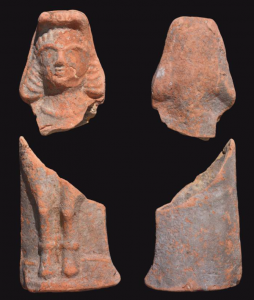
ASOR Members with online access: navigate to the token link email sent to you before attempting to read this article. Once you have activated your member token, click here to access the above article on The University of Chicago Press Journals’ website.
Pp. 114-123: “Joseph’s Tomb: A Model of Traditional Islamic Shrines in Palestine,” by Loay Abu Alsaud and Amer Al-Qobbaj
Joseph’s Shrine is located on the outskirts of the eastern side of the city of Nablus (fig. 1), near Tell Balatah, the site of the Canaanite City of Shechem, and 300 m northwest of Jacob’s Well (Pummer 1993: 139; Bruce 1994: 102). Joseph’s tomb has been venerated throughout the ages by Samaritans 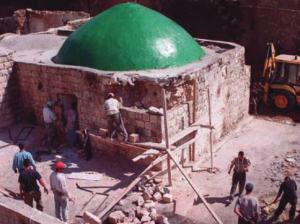
ASOR Members with online access: navigate to the token link email sent to you before attempting to read this article. Once you have activated your member token, click here to access the above article on The University of Chicago Press Journals’ website.
ASOR Members with online access: navigate to the token link email sent to you before attempting to read this issue. Once you have activated your member token, click here to access the the entire issue, including book reviews, on The University of Chicago Press Journals’ website.